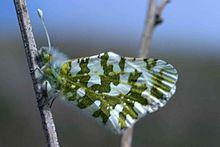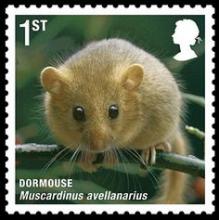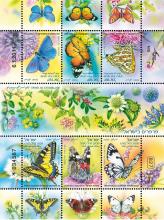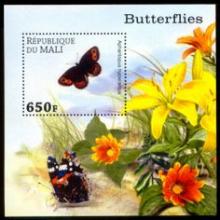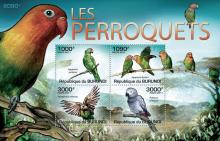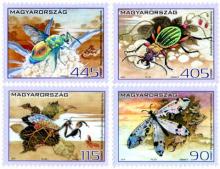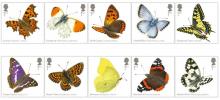White-nose syndrome in American bats is likely to be caused by exposure to pesticides
Dutch researchers have detected a cocktail of 14 different pesticides (fungicides, herbicides, insecticides) in bats. In dead individuals and manure classical insecticides such as DDT and permethrin were found, but the animals were also exposed to the neonicotinoids imidacloprid and thiamethoxam, the herbicides mecoprop and nicosulfuron, and the fungicides iprodione and propiconazole. Pesticides such as imidacloprid, propoxur, thiamethoxam, nicosulfuron and iprodione had not previously been reported to be present in bats.


